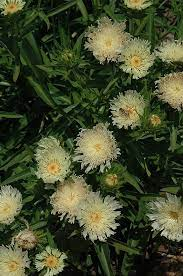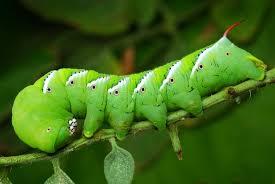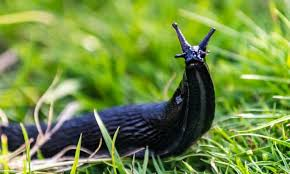As gardeners, we often marvel at the beauty and resilience of plants, but have you ever considered how much they really know about their surroundings? While many may think of plants as passive, inanimate beings, recent research reveals that they are more aware of their environment than we once believed.
Years ago, a weed scientist challenged the idea that plants “drop” seeds, suggesting that plants simply shed seeds, as they lack purposeful actions. This made sense at the time, but the more we observe nature, the more we realize how much plants perceive and respond to their environment.
One of the books that changed my perspective is What the Robin Knows by Jon Young, which helped me understand how birds communicate with each other, and even with me. For example, when I step outside to refill my bird feeder, I can hear chickadees and nuthatches chattering at me about the missing food, and if I listen carefully, I even hear phoebes clicking in the nearby bushes.
Building on this, I recently read What a Plant Knows by Daniel Chamovitz, a book that explores how plants sense and react to their surroundings. As it turns out, plants are more aware than we ever imagined. For instance, plants are quick to detect pest activity, even before we notice it. Additionally, certain insects play a role in this process, as they prey on pests or use them to nourish their offspring.

Take the example of the tomato plant. In regions across the U.S., hawk moths lay eggs on healthy tomato plants. When the eggs hatch, the larvae become hornworms that feed on the plant’s leaves. As the hornworms feed, they release gases that attract two key parties: braconid wasps, which parasitize the hornworms, and other hawk moths seeking egg-laying sites. The chemical cues from the plant alert the moths that the plant is already occupied by caterpillars and may be a poor choice for egg-laying. Interestingly, hornworms may also exhale nicotine, a compound that deters predators like spiders.
Research from Penn State University further reveals that even turnip aphids can detect the chemical signals emitted by turnip leaves being fed upon by both aphids and caterpillars. Instead of settling on these already-infested leaves, the aphids move on in search of healthier plants. The turnip plants themselves may also respond to these cues by altering their physiology, making their sap less appetizing to aphids.

Plants don’t just detect pests—they also communicate with each other. While some myths suggest that plants can “talk” or “scream,” the scientific reality is more subtle. For example, when tree leaves are damaged, nearby leaves ramp up their defenses in response. This is due to plant hormones that spread to other leaves, alerting them to potential threats. This type of signaling is a smart survival strategy: if some leaves are harmed, others get a head start on preparing for the same fate.
Even slugs, often seen as pests, play a role in the plant world. Their mucous contains hormones that stimulate plants’ defenses, helping them fight off disease. It may sound surprising, but a little slug feeding could actually help a plant protect itself from more severe problems later on. This might explain why bean plants with slug damage often have clean-edged holes without further complications.
These examples only begin to scratch the surface of the intricate ways in which nature communicates. As research into plant signaling and pest interactions continues, we will gain even more insight into the incredible wisdom plants have developed to survive and thrive. Nature’s complexities are still being uncovered, and the more we learn, the more we appreciate the quiet intelligence within our gardens.

Stay tuned for more discoveries—our gardens are much smarter than we once thought!